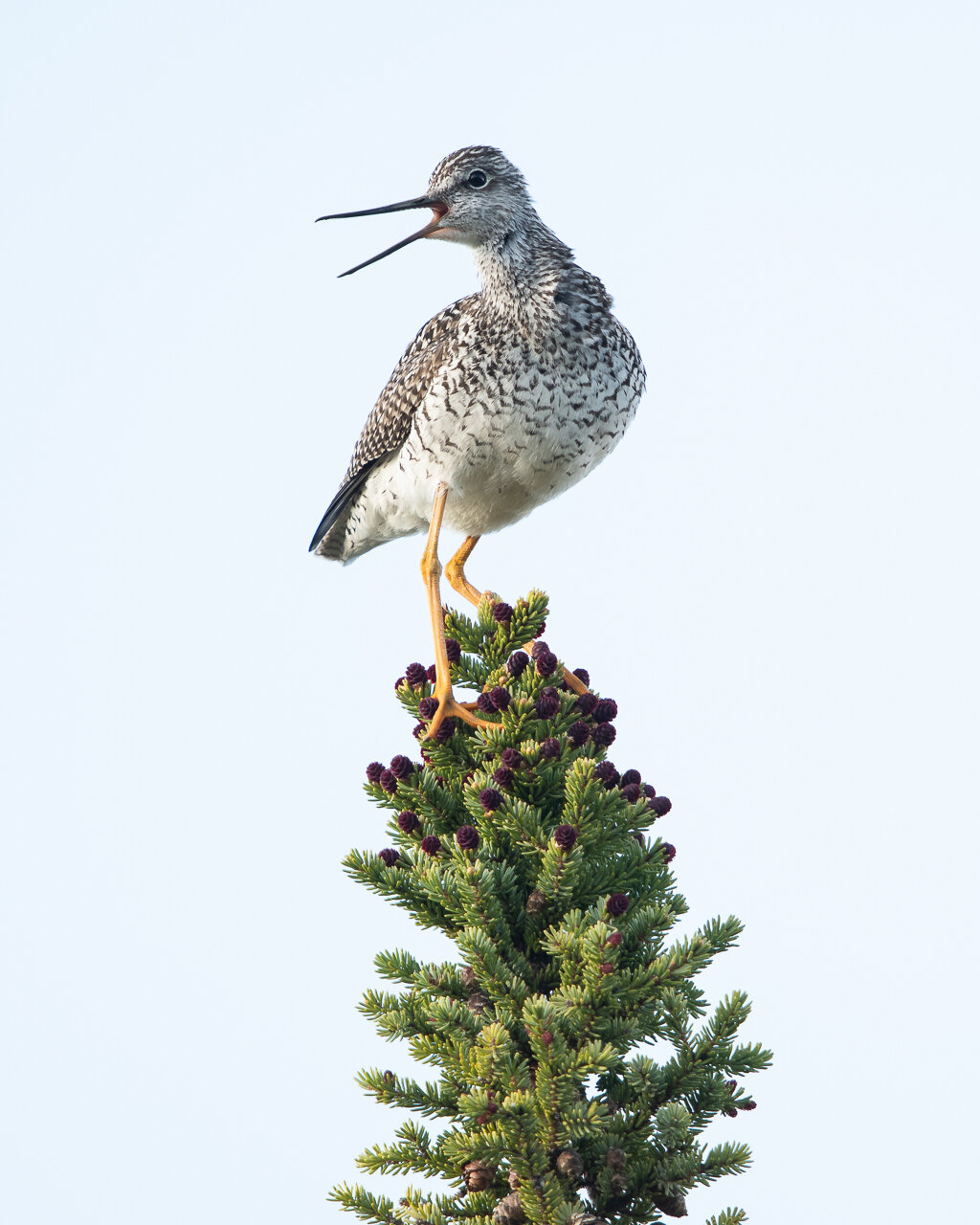I am old enough to recall the 1970’s when environmental concerns were starting to be an issue in US politics. Ronald Regan spoke dismissively about the redwood forests and was quoted or perhaps misquoted as saying “If you have seen one redwood you have seen them all”. Environmentalists at the time latched onto the strange insensitivity of the remark while the logging lobby had found an ally at the time it seemed. My reading of some analysis of this comment by Regan revealed that he was reluctant to acknowledge the grandeur of the trees and is quoted as saying “I saw them; there is nothing beautiful about them, just that they are a little higher than the others.”
I bring up this old bit of history because I still think about this rather absurd event when I see beauty in nature at any scale. I believe there is an attitude that “if you have seen one GULL, one WHALE, one GREAT BARRIER REEF, one …..you get the idea, you have seen them all.” As a wildlife photographer I never tire of trying to capture the unique beauty and essence of the creature in my viewfinder, even though I may have photographed that species many times before. Each one represents an amazing irreplaceable part of our world and I revel in the splendour of that experience time and time again. I think I will be captivated by observing and photographing nature for the rest of my days.
I offer up four photographs of some Yellowlegs shorebirds that I had the good fortune and honour of observing this past week. Each photo is quite different but yeah, they are all the SAME species. With all the turmoil and loss that we have experienced in the last year and a half of COVID I think that this is an appropriate time to consider that every day we should take nothing for granted. Not our health, our freedom, our fellow man and I think most importantly our environment and the living inhabitants we share our planet with. I hope you enjoy the photos of “just some birds”.











